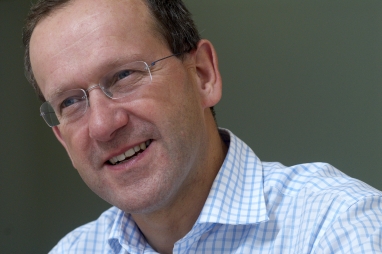- In this incredible set of vintage prints is the Air Jordan VIII - Air Jordan Retro 2016 Release Dates - The Air Jordan 1 Mid continues its impressive lineup
- adidas ultraboost triple white , Украина #139909215 , Кроссовки высокие мужские зимние на меху adidas climaproof черные ботинки для мужчин зима — цена 2340 грн в каталоге Ботинки ✓ Купить мужские вещи по доступной цене на Шафе
- Nike air jordan max 13 hologram Bred Black Red 2019 Release Date , air jordan max 1 rebel chicago white varsity red black , IetpShops
- 200 Release Date - nike gold air chukka moc high school - SBD - nike gold air yeezy glow in the dark sneakers boys Rattan Obsidian CZ4149
- michael jordan outlet store
- air jordan 1 retro high og university blue 555088 134
- kids air jordan
- best nike basketball shoes
- nike air force 1 boot cordura black wheat university gold do6702 001
- all star air jordan 1 gotta shine
- Home
- News and analysis
- Info hubs
- Events
- Video
- Case Studies
- About us
- Magazine
- Advertising
Produced for the industry by the Association for Consultancy and Engineering
Comment
London: Next Mayor must start a joined up conversation to solve the housing crisis

From Friday a new Mayor must focus on house building and connectivity across London and the wider South East, says AECOM's John Hicks
This week London elects its new leader. From Friday the new mayor must swiftly focus on delivery if London is to retain its position as a global leader. The city’s long-term future depends on the mayor’s ability to develop the right conditions for success.
Housing has been at the heart of the mayoral campaigns; unsurprising given the issue is a priority for voters. London’s housing crisis is rapidly becoming a very real threat to the capital’s competitiveness as a global city. Indeed the business-led Fifty Thousand Homes campaign, of which Aecom is a supporter, is calling for the creation of at least 50,000 new homes a year in London by the end of this mayoral term to protect and enhance the city’s competitiveness. A focus on house-building to stimulate growth, increase capacity and offer a wider choice of dwelling types and tenures is key.
To truly tackle the housing shortage, the issue must be discussed as part of a joined-up conversation alongside infrastructure and employment. Connecting housing growth and infrastructure development will maximise opportunities, such as the next generation of development at rail nodes.
House prices are pushing people outside London’s traditional boundaries so the mayor will have to wield influence across a much wider commuting region. Much of London’s growth will be determined by connectivity, ensuring it is affordable and accessible for people to commute in and out of the city. Making it easier for people to live close to employment opportunities is a clear advantage of improved connectivity across the South East and will enable London to draw on the strengths of a wider regional economy.
Improving the capacity and reliability of the capital’s transport was another focus of the election campaigns. While Crossrail 2 was supported by the main candidates, a range of other projects was mooted. From Bakerloo Line and London Overground extensions to new river crossings, Crossrail 3 and increasing capacity on the District, Circle, Metropolitan and Hammersmith and City Lines, ambitious promises have been made about transport.
Looking beyond Crossrail 2 is undoubtedly the right approach for London’s long-term future, but covering the cost of such schemes will likely require different ways of funding. The public purse and conventional infrastructure levies cannot fund such transformational change. Other contributions and foreign direct investment will therefore be important to bring schemes to fruition quickly and help fuel growth. But investors don’t back cities, they back their best bet of getting a return. The challenge now is for the new mayor to create the right conditions to attract this investment. This is no mean feat given indecision over aviation capacity in the South East is threatening the capital’s attractiveness as a place to invest.
The incoming mayor is facing a number of tough challenges around housing, employment opportunities and the delivery of transport. Bold, strong leadership is required. London needs an ambitious, long-term vision if it is to continue to rank among the world’s most successful cities.
John Hicks is director and head of government and public at AECOM.



Comments